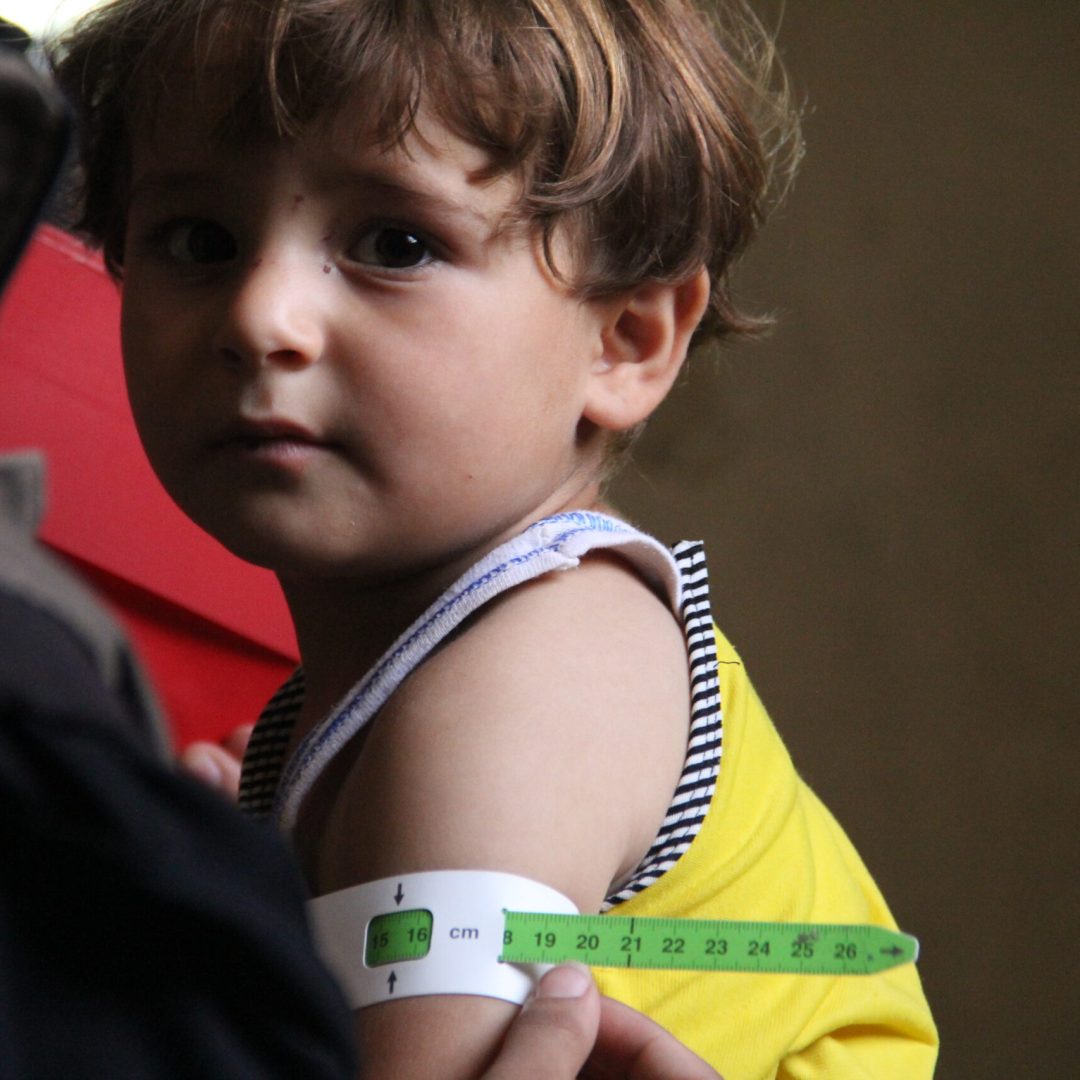Some people think of measles as just a little rash and fever that clear up in a few days. But measles can cause serious health complications, especially in children younger than 5 years old.
It causes fever, cough, runny nose, red watery eyes, and rashes in the mouth and on the body.
Measles can make people very sick, especially babies and young children. Measles complications include pneumonia, encephalitis, miscarriage, preterm birth, hospitalization, and death.
Measles is a very serious and contagious respiratory disease caused by the Rubeola virus
Measles causes a red, blotchy rash that usually appears first on the face and behind the ears, then spreads downward to the chest and back and finally to the feet.
The rash starts out as flat red spots on your face and then moves downward to cover your whole body. Then, smaller raised white spots may appear on top of the red rash. The spots might join as the rash goes down your body.
Rubella and rubeola (measles) are two viral illnesses that share some similarities. They both cause fever and a skin rash, and both can be prevented with a vaccine. Their names even sound alike. But that’s where the similarities end.
Rubeola is more contagious than rubella, and it can also cause serious health complications that can lead to death. Even though both viruses have been officially eliminated in the U.S., there have been more rubeola outbreaks because fewer people are getting vaccinated.
Rubella and rubeola (measles) are two viral illnesses that share some similarities. They both cause fever and a skin rash, and both can be prevented with a vaccine. Their names even sound alike. But that’s where the similarities end.
Rubeola is more contagious than rubella, and it can also cause serious health complications that can lead to death. Even though both viruses have been officially eliminated in the U.S., there have been more rubeola outbreaks because fewer people are getting vaccinated.
Rash may be the first sign of rubella, especially in children. It usually starts as small patches and bumps on the face that are pink in fair skin and purple or skin-colored in darker skin. The spots grow together to form larger spots, and the rash quickly spreads to the arms, legs, and torso. It doesn’t usually affect the palms or soles. It usually fades after 3 days in the same order it appeared.
Rubeola (measles) rash:
Two to 3 days after the first symptoms begin, tiny white spots (called Koplik spots) can appear in the mouth, usually inside the cheek. Soon after, a rash starts as small flat spots on the face and around the hairline that spread down to the neck, arms, torso and legs. The spots are pink or red in fair skin and violet, brown or skin-colored in darker skin. Like rubella rash, measles rash typically spares the palms and soles. After a few days, the rash disappears in the same order it appeared.
What’s the difference between rubella and rubeola(measles)?
Rubella: Respiratory droplets
Rubeola (measles): Respiratory droplets
Rubella: High
Rubeola (measles): Extremely high
Rubella:
Rubeola (measles):
Rubella:
A rash may be the first sign of infection, especially in children.
Rubeola (measles):
After a fever develops, Koplik spots (tiny white spots) can appear inside the mouth. This is followed by a rash.
Rubella:
Mild illness in most nonpregnant people
Rubeola (measles):
Many people fully recover, but complications are relatively common.
Rubella:
Rubeola (measles):
Serious health complications are more likely in children and people who are pregnant, unvaccinated, malnourished, or immunocompromised.
Rubella:
Rubeola (measles):
Rubella:
MMR vaccine
Rubeola (measles):
MMR vaccine
Sign up to receive frequent email updates on our projects and initiatives. Stay informed and connected with our work, making a difference with each update. Join us now!







